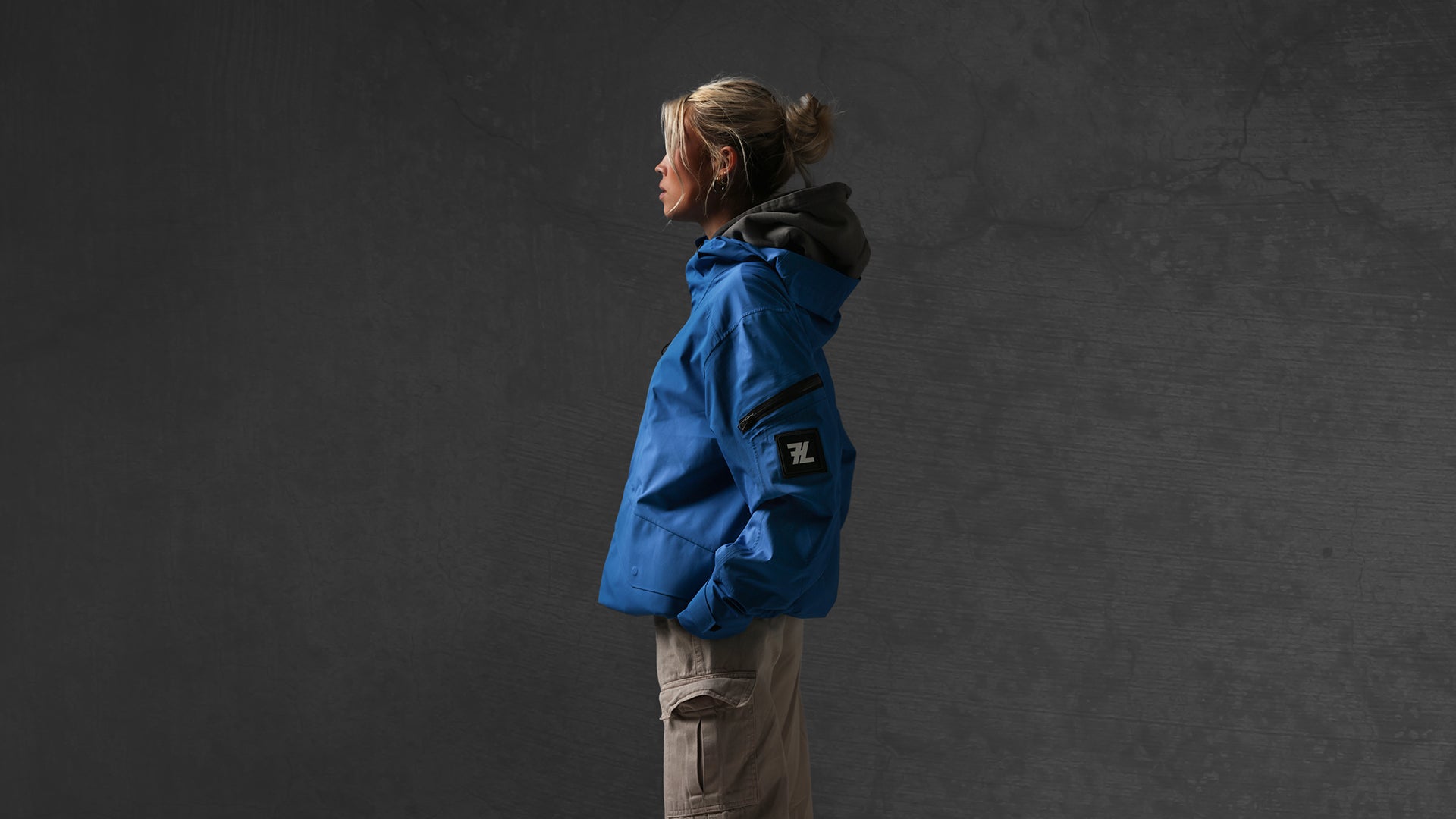A/B testing provides data-driven conclusions that you can transform into actionable insights and drive your business growth. A cornerstone of Conversion Rate Optimisation (CRO), it systematically compares and tests two versions of a webpage and determines what works better and for who.
It’s a fantastic way for fashion e-commerce businesses to align across all teams internally and make decisions to enhance conversion rates, increase sales, and streamline user experience – things that are especially relevant during peak shopping periods like BFCM. Here’s how we can help you stay ahead of the competition.
Challenges of A/B testing in-house
Since A/B testing requires a multifaceted skillset, dedicated experts are needed to create, execute, track, and analyse the data. It’s not enough to just read data: one needs extensive statistical acumen, as well as creative resources to design the distinct user experience variations being tested. Shopify development also requires building variations in themes in order to test them.
Often businesses don’t want to hire someone specifically for this in-house as it’s costly, but relying on someone in the team means they probably won’t have the exact skillset to do the job correctly. It’s also a time-consuming job and requires a committed team.
That’s where we come in. From development, data, creative, and e-commerce management, there’s no shortage of A/B testing experts at NSL. A process that seems complicated from the outside is made easier with the help of our team and unique approach.
5 things you should be A/B testing
After years of experience, we’ve noted these five things as especially interesting for A/B testing. Focussing on these aspects gives you the most actionable insights and covers different bases of a customer’s journey. These are particularly effective when it comes to fashion webshops.

1. Adding Quick navigation on Collection Pages (POP)
Determine if a quick navigation feature would enhance user experience and increase conversion rates.
Hypothesis:
Users will find it easier to navigate the collection, leading to higher engagement and more purchases.
Variant A: The control version, without quick navigation on POP.
Variant B: The test version, featuring quick navigation with images and buttons on POP.

2. Showing product variants on the product page on mobile (PDP)
Determine at which stage to show the product variants on mobile devices based on their impact on conversion rate (CTR)
Hypothesis:
Users will convert more if product variants (different colours and/or sizes) are shown by default on the PDP
Variant A: The control version, where variants are not shown by default
Variant B: The test version, where the PDP contains variant options by default

3. Product image grid on the mobile product page (PDP)
Determine how the image grid on a product page on mobile affects the add-to-cart rate
Hypothesis:
Users will be more likely to add-to-cart when seeing more images at once in a grid of 2 columns, instead of having to scroll down to see images displayed 1 by 1
Variant A: The control version, where product images are displayed 1 by 1 in a single-column view
Variant B: The test version, where the image grid contains 2 columns, showing 2 images per row

4. Pricing syntax of a product price (full journey)
Determine if odd-priced items have a psychological advantage over even-priced items in terms of perceived value and conversion rates
Hypothesis:
Consumers will perceive odd-priced items as being a better deal or offering more value than even-priced items
Variant A: odd-priced syntax e.g. €599
Variant B: even-priced syntax e.g. €600

5. Show product-shots or model-shots to define resource allocation
To determine the impact of imagery type on conversion rates
Hypothesis:
Customers are more likely to convert when they see products modeled by a person
Variant A: Product shots only (e.g. static images of the product from various angles)
Variant B: Model shots (e.g. images of a person wearing or using the product)
Why A/B test before peak seasons
We’re big advocates for the importance of data and A/B testing supports data-driven decision making. Collecting and analysing your data before the hectic peak period will help all departments of your team align on how to get the most out of BFCM. It’s also a clear way to optimise conversion rates. By testing different website elements, product pages, and checkout flows, you can spot the most effective variations that will contribute to increased conversions in peak seasons.
Further, testing before busy periods brings scrutiny to all processes and systems (e.g. website infrastructures, marketing campaigns, customer support), and helps acknowledge any issues on time. There’s nothing worse than unforeseen technical difficulties when there’s increased demand and you can’t deliver.
Want to get ahead of time and your competitors with the help of A/B testing? Get in touch and let’s make this your most successful peak period yet.











